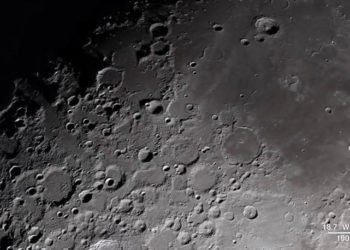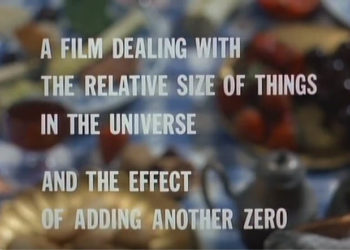This week marked the 50th anniversary of the first landing on the moon. The only visual record we have of the actual landing comes from a 16mm time lapse camera that was mounted outside of astronaut Buzz Aldrin’s window during the descent. The film quality isn’t great (images were captured at 6 frames per second, where 24 frames per second is the standard for conveying constant motion). But no camera was mounted showing the view of mission commander Neil Armstrong, who piloted the lunar module.
Using landing trajectory (latitude, longitude, orientation, velocity, altitude), landmark navigation, and altitude call outs from the voice recording, NASA’s Lunar Reconnaissance Orbiter Camera (LROC) team created a simulation of the last three minutes of the flight, giving us our first ever view of Armstrong’s path to a safe landing space.
More details are available from NASA, but to get a sense of the quality of what was done here, they also made a simulation of the view from Aldrin’s window which, in the video below, is shown side by side with the original footage. Very impressive and a reminder of what an incredible feat of engineering this trip required, given the technology available at the time.
Discussion
1 Thought on "50 Years Later, What Neil Armstrong Saw Out His Window"
10 years ago, Eric Brace, a very talented songwriter from Washington, DC, wrote “Tranquility Base” a beautiful tribute song about Neil Armstrong and the moon landing. NASA officially recognized the song and made a video to go with it, https://www.nasa.gov/content/nasa-remembers-neil-armstrong/#.XTIQxpNKiu4.
Brace was of course thrilled about this and the fact that Armstrong himself saw heard the song and commented here, https://www.redbeetrecords.com/news/nasa-honors-neil-armstrong-using-eric-braces-tranquility-base.


